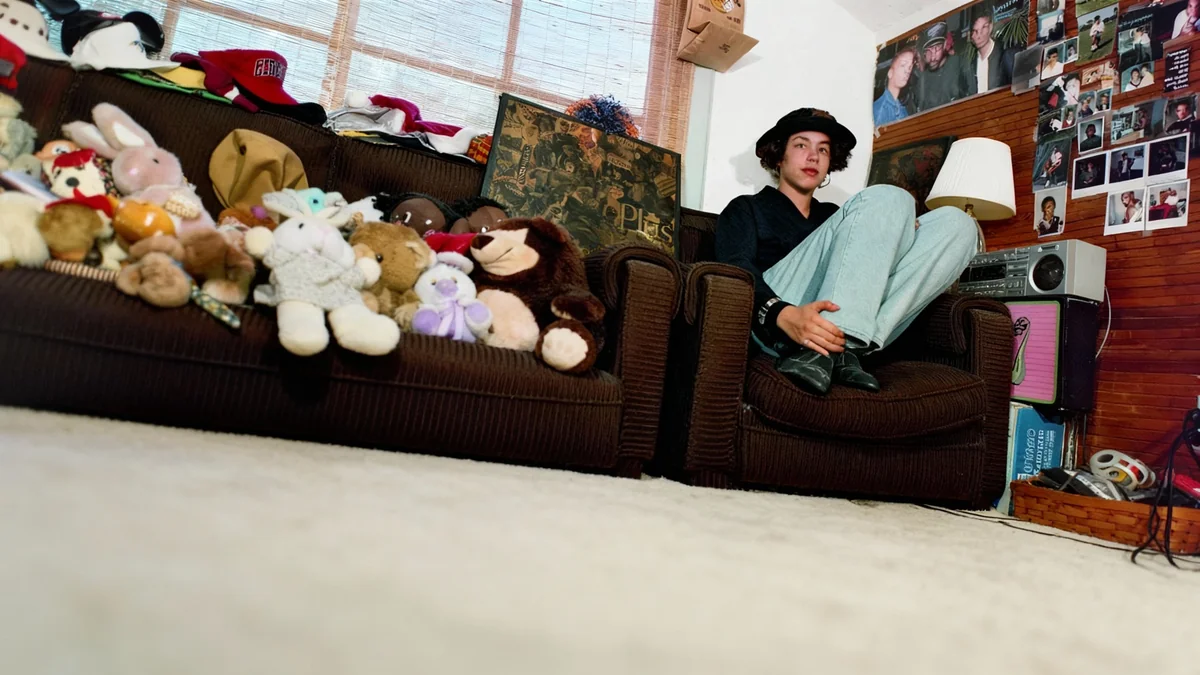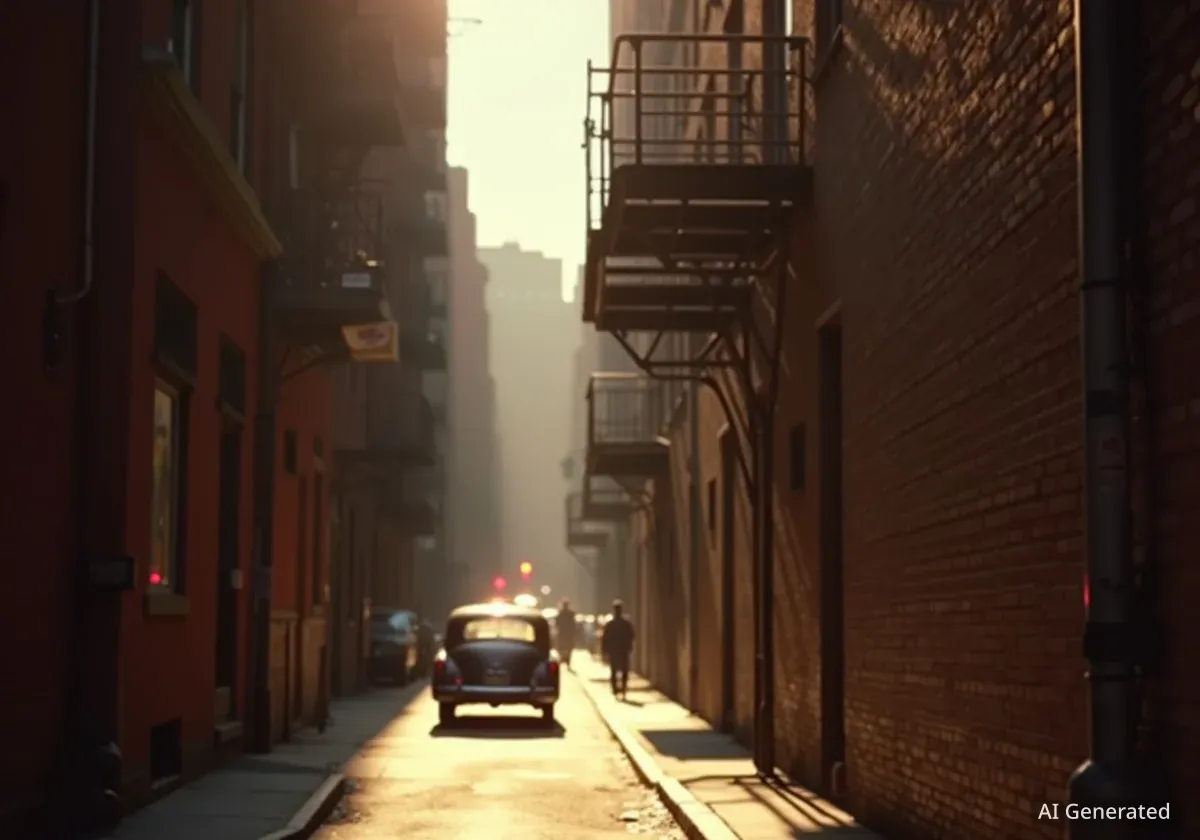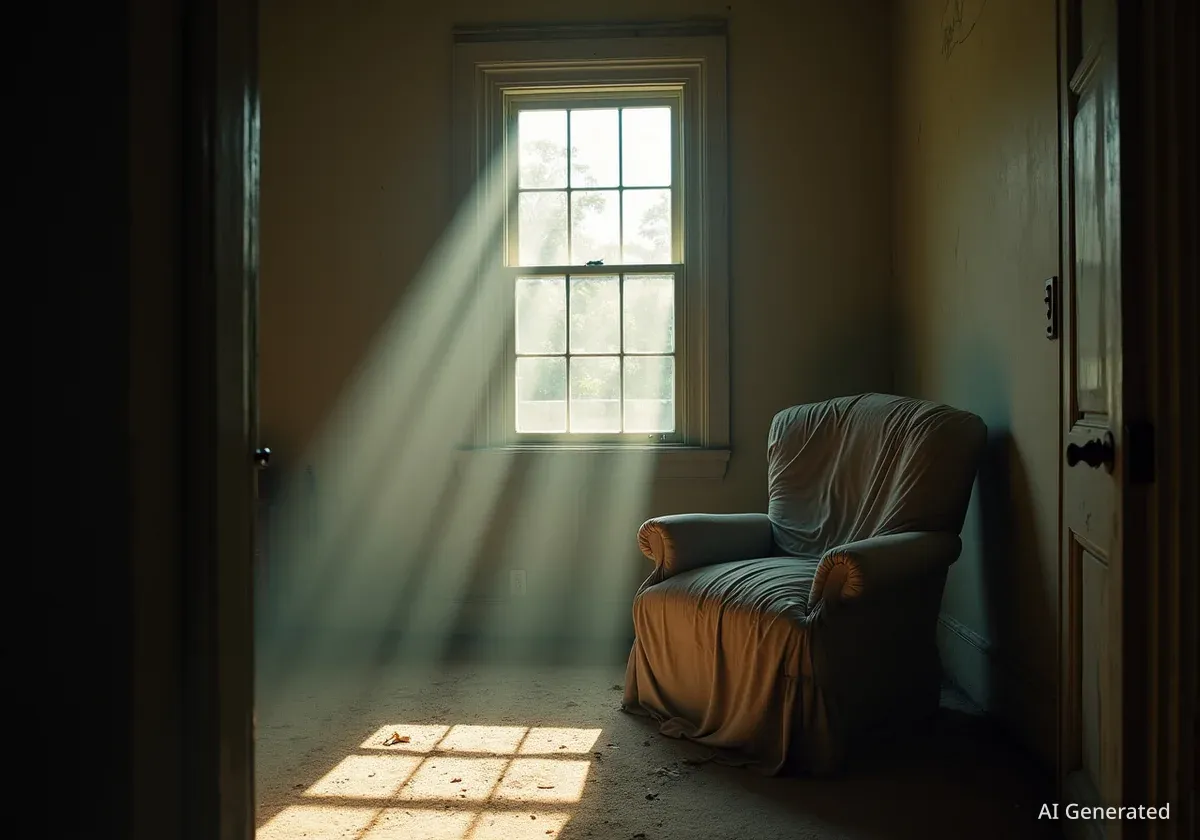Adrienne Salinger's seminal photography series, Teenagers in Their Bedrooms, first published in 1995, is being reissued with a significant expansion. The new edition features 28 previously unseen photographs, offering a deeper look into the private worlds of adolescents from the late 20th century. This collection continues to resonate with audiences today, decades after its initial release.
Key Takeaways
- Adrienne Salinger's iconic Teenagers in Their Bedrooms photo series is reissued.
- The new edition includes 28 previously unpublished photographs.
- The project captures the unedited expressions of teenagers in their private spaces.
- Salinger emphasizes human connection and individual stories over broad generational statements.
- The photographer used a 4x5-view camera and limited exposures to create impactful portraits.
Capturing Private Worlds Before Digital Life
The original Teenagers in Their Bedrooms project began in the 1980s and early 1990s. Salinger aimed to document the lives of young people in their most personal environments. She photographed over 200 teenagers, each time entering their bedrooms and engaging them in extensive interviews. These spaces were filled with music, film, and celebrity items, reflecting their identities and interests.
Salinger's approach was unique for its time. She sought to understand teenagers on their own terms, giving them a voice when media often portrayed them simplistically. Her work provided a window into a generation before the widespread adoption of the internet and social media. This period offered a distinct sense of privacy, allowing teenagers to express themselves without the pressure of constant public scrutiny.
Project Scope
- Over 200 teenagers photographed.
- Each session included in-depth interviews.
- Original book published in 1995.
- New edition adds 28 never-before-seen photos.
The Power of Unedited Expression
Salinger observed a significant difference in how teenagers expressed themselves then compared to today. She noted that without social media, young people had a greater expectation of privacy. This allowed for a more authentic self-expression in their personal spaces.
"Teenagers back then had more expectation of privacy, people could express themselves more how they feel to the inside. No one felt the need to edit their personality."
Adrienne Salinger
The photographs reveal intricate details of their rooms: posters taped diagonally, personal mementos, and cultural ephemera. These elements were not curated for an external audience. Instead, they were organic extensions of the teenagers' inner lives. The reissued book highlights this raw honesty, a quality that continues to captivate viewers.
A Different Era
In the 1980s and early 1990s, the concept of a 'teenager' was still evolving. The term itself gained widespread recognition only after World War II. Media representation of teenagers was often limited, focusing on consumerism or presenting them in an infantilized manner. Salinger's work aimed to counteract this by providing an unfiltered platform for adolescent voices.
Building Trust and Capturing Secrets
Inviting a stranger into one's bedroom for a photoshoot and an extensive interview might seem unusual, even today. Salinger developed a method for building trust with her subjects. She often met them in public places, like shopping malls, and simply asked if she could photograph them.
Despite some initial skepticism from the teenagers or their parents, Salinger's genuine curiosity fostered an environment where subjects felt comfortable sharing personal details. They confided their hopes, anxieties, and life stories. This level of intimacy is a hallmark of the series, making the portraits feel deeply personal.
The Interview Process
- Salinger met potential subjects in public spaces, such as malls.
- She would ask for permission to photograph them in their bedrooms.
- Interviews often lasted for hours, allowing for deep conversations.
- The goal was to give teenagers a platform to express their authentic selves.
The Photographer's Technical Approach
Salinger employed specific photographic techniques to achieve the distinctive look and feel of her series. She used a 4x5-view camera with a wide-angle 90mm lens. This equipment choice was deliberate, allowing for technical control and a unique aesthetic.
She limited herself to between two and four exposures per teenager. This constraint was partly due to the cost of film and processing. However, it also forced her to be precise and intentional with each shot. This limited number of exposures prevented subjects from falling into conventional poses, encouraging a more natural and direct engagement with the camera.
The shutter speed was set at a quarter of a second. This slow speed often resulted in a subtle intensity in the subjects' poses, creating a direct, almost confrontational gaze. Salinger aimed to give the teenagers more power in the interaction, allowing them to look directly into the lens and assert their presence.
Technical Details
Salinger's camera setup:
- Camera: 4x5-view camera
- Lens: 90mm wide-angle lens
- Exposures: 2-4 per subject
- Shutter Speed: 1/4 second
She also used Polaroids during sessions to check lighting and show subjects what she was doing. This made the teenagers feel more involved in the process, ensuring they did not feel exploited. Salinger emphasized the power a photographer holds and her commitment to using it responsibly.
Beyond Nostalgia: Individual Stories
While the photographs offer a glimpse into a past era, Salinger emphasizes that her work is not about nostalgia. She views each subject as a complicated individual, rather than a stereotype of a generation. Her interest lies in the personal experiences of people, how they navigate their lives, and how they perceive the world around them.
Teenagers, she believes, possess a unique clarity in their observations because they are not yet burdened by adult compromises. They are still forming their identities, often through cultural signifiers like music, film, and books. These elements help them understand their own feelings and worldview.
"Teenagers have a clarity about what they’re observing in the culture and I wanted to see what that looked like to them. How could you not be interested in teenagers?"
Adrienne Salinger
The enduring appeal of Teenagers in Their Bedrooms stems from this focus on individual humanity. The book reminds viewers that despite external changes, the fundamental experiences of adolescence—the search for identity, the intensity of emotions, and the desire for understanding—remain universal. The expanded edition ensures these stories continue to be heard by new generations.




